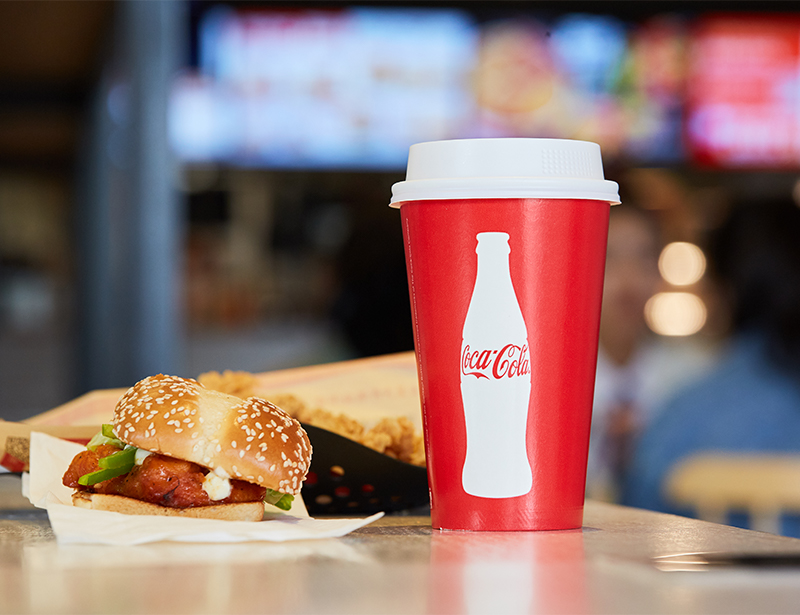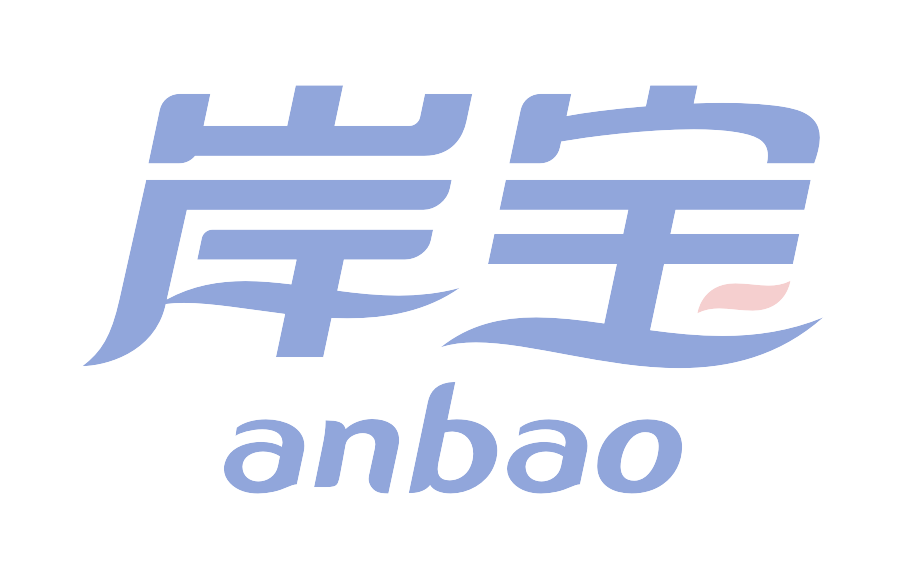
Abstract
Single wall paper cups are widely used for beverage containment, but their suitability for different liquids depends on material composition and structural design. This paper systematically evaluates the compatibility of single wall paper cups with various liquids, including hot/cold beverages, acidic fluids, alcoholic drinks, and oily substances. By analyzing the interaction between cup coatings (wax or polyethylene) and liquid properties (temperature, pH, polarity), this study identifies safe storage limits and provides guidelines for proper usage. The findings aim to enhance consumer awareness of food safety and promote rational selection of disposable tableware.
1. Introduction
Single wall paper cups are preferred for their portability and disposability in cafes, offices, and events. Unlike double-wall or insulated cups, they consist of a single layer of paper coated with a thin film (typically wax or polyethylene, PE) to prevent leakage. However, their performance varies significantly with the type of liquid stored. Improper use—such as pouring hot drinks into wax-coated cups—can lead to coating degradation, chemical migration, or structural failure. This paper explores the scientific basis for matching liquid characteristics with cup design, emphasizing the role of material science in ensuring safety and functionality.
2. Material Structure of Single Wall Paper Cups
2.1 Coating Types and Their Properties
Wax Coating:
Commonly derived from food-grade paraffin wax, applied to cold cups.
Melting point: ~46–68°C. Effective for cold liquids (0–25°C) but fails at high temperatures, causing wax to melt and leak .
Limited chemical resistance; prone to degradation by oils or acidic substances.
Polyethylene (PE) Coating:
A thermoplastic polymer with higher heat resistance (melting point ~120–130°C).
Used in hot cups, providing a moisture-resistant barrier for liquids up to 90°C .
Chemically inert to most aqueous solutions but may interact with solvents or oils over time.
2.2 Paper Substrate
Typically made from bleached kraft paper (30–80 gsm), treated for stiffness and printability.
Porous structure requires a continuous coating to block liquid penetration; any coating defect may cause seepage.
3. Liquid Compatibility Analysis
3.1 Hot Liquids (≥60°C)
Suitable Liquids:
Hot Water, Coffee, Tea: PE-coated cups are designed for temperatures up to 90°C. The PE layer remains stable, preventing paper from softening .
Limitations: Avoid prolonged contact with oils (e.g., creamy soups), as lipids may degrade PE over time .
Unsuitable Liquids:
Wax-coated cups: Cannot withstand hot liquids. Wax melting at ~50°C leads to cup deformation and leakage .
3.2 Cold Liquids (≤25°C)
Suitable Liquids:
Water, Juice, Soft Drinks, Ice Coffee: Both wax and PE coatings perform well. Wax coatings are cost-effective for cold use, as low temperatures solidify the wax, enhancing barrier properties .
Carbonated Beverages: The slight pressure from carbonation is manageable for structurally sound cups, but prolonged storage may cause paper to absorb moisture and weaken .
Considerations for Acidic Liquids:
Citrus Juices (pH 2–3): Low pH may gradually erode wax coatings, leading to leakage within 1–2 hours. PE coatings offer better resistance but are not fully immune to long-term acid exposure .
Sports Drinks (Electrolyte Solutions): Ionic content may accelerate coating degradation in low-quality cups.
3.3 Alcoholic Beverages
Low-Alcohol Drinks (≤15% ABV):
Beer, wine spritzers: PE-coated cups are suitable for short-term use (≤4 hours). Alcohol’s moderate polarity slightly swells PE, but no significant leakage occurs .
Risk with Wax Coatings: Alcohol dissolves wax gradually, causing cup softening. Avoid using wax cups for alcoholic drinks .
High-Alcohol Liquors (≥40% ABV):
Spirits like vodka or whiskey: Both wax and PE coatings may degrade over time. Alcohol’s high polarity penetrates PE, leading to plasticizer migration and potential chemical contamination .
3.4 Oily and Fatty Liquids
Salad Dressings, Liquid Oils:
Wax coatings are highly susceptible to oil penetration, as wax is non-polar and miscible with oils. PE coatings offer better resistance but are not fully oil-proof. Prolonged contact (≥8 hours) may cause oil to seep through the paper .
Recommendation: Use plastic or foil containers for oily substances instead of paper cups.
3.5 Hazardous Liquids
Solvents (e.g., Ethanol, Acetone):
Dissolve both wax and PE, causing immediate structural failure. Never use paper cups for non-food liquids.
Corrosive Chemicals (e.g., Acids, Bases):
Attack paper fibers and coatings, leading to leakage and safety hazards.
4. Safety Standards and Regulatory Considerations
4.1 International Standards
FDA (U.S.): Requires coatings to comply with 21 CFR Part 176 (paper products) and Part 177 (plastics), limiting migration of heavy metals and volatile organic compounds (VOCs) .
EU Regulation (EC) No 1935/2004: Prohibits the use of recycled materials in food-contact coatings and mandates specific migration limits for substances like formaldehyde .
4.2 Migration Risks
Hot Liquids in Wax Cups: Melting wax may release n-alkanes, which have been linked to endocrine disruption in high doses .
Acidic Liquids in PE Cups: Prolonged contact may leach ethylene oligomers, though current safety limits consider this risk negligible for short-term use (<4 hours) .
5. Practical Guidelines for Users
Identify Cup Type:
Check for labels like “Hot Cup” (PE-coated) or “Cold Cup” (wax-coated). Unlabeled cups should be assumed as cold-use only.
Temperature Limits:
PE cups: ≤90°C for hot drinks (max 4 hours).
Wax cups: ≤25°C for cold drinks (max 2 hours for acidic liquids).
Avoid Prolonged Storage:
Replace cups after 4 hours for alcoholic or acidic beverages to minimize coating degradation.
Prefer Specialized Containers:
Use plastic cups for oily foods, glass for high-alcohol drinks, and thermal containers for prolonged hot liquid storage.
6. Environmental Implications
While single wall paper cups are more recyclable than plastic cups, their coatings complicate recycling:
Wax-coated cups: Difficult to recycle due to wax-paper separation challenges.
PE-coated cups: Require specialized facilities to separate paper and plastic.
Biodegradable Alternatives: Cups with plant-based coatings (e.g., polylactic acid, PLA) offer better compatibility with acidic liquids and environmental sustainability, though cost remains a barrier .
7. Conclusion
Single wall paper cups are suitable for specific liquids based on their coating type and structural integrity:
PE-coated cups: Ideal for hot beverages (≤90°C) and short-term storage of non-oily, non-alcoholic cold liquids.
Wax-coated cups: Limited to cold, non-acidic, non-alcoholic drinks (≤25°C).
Consumers must prioritize proper cup selection to avoid safety risks, while industries should invest in sustainable coatings to balance functionality and environmental responsibility. Future research into biodegradable, multi-functional coatings could expand the usability of paper cups across diverse liquid types.


